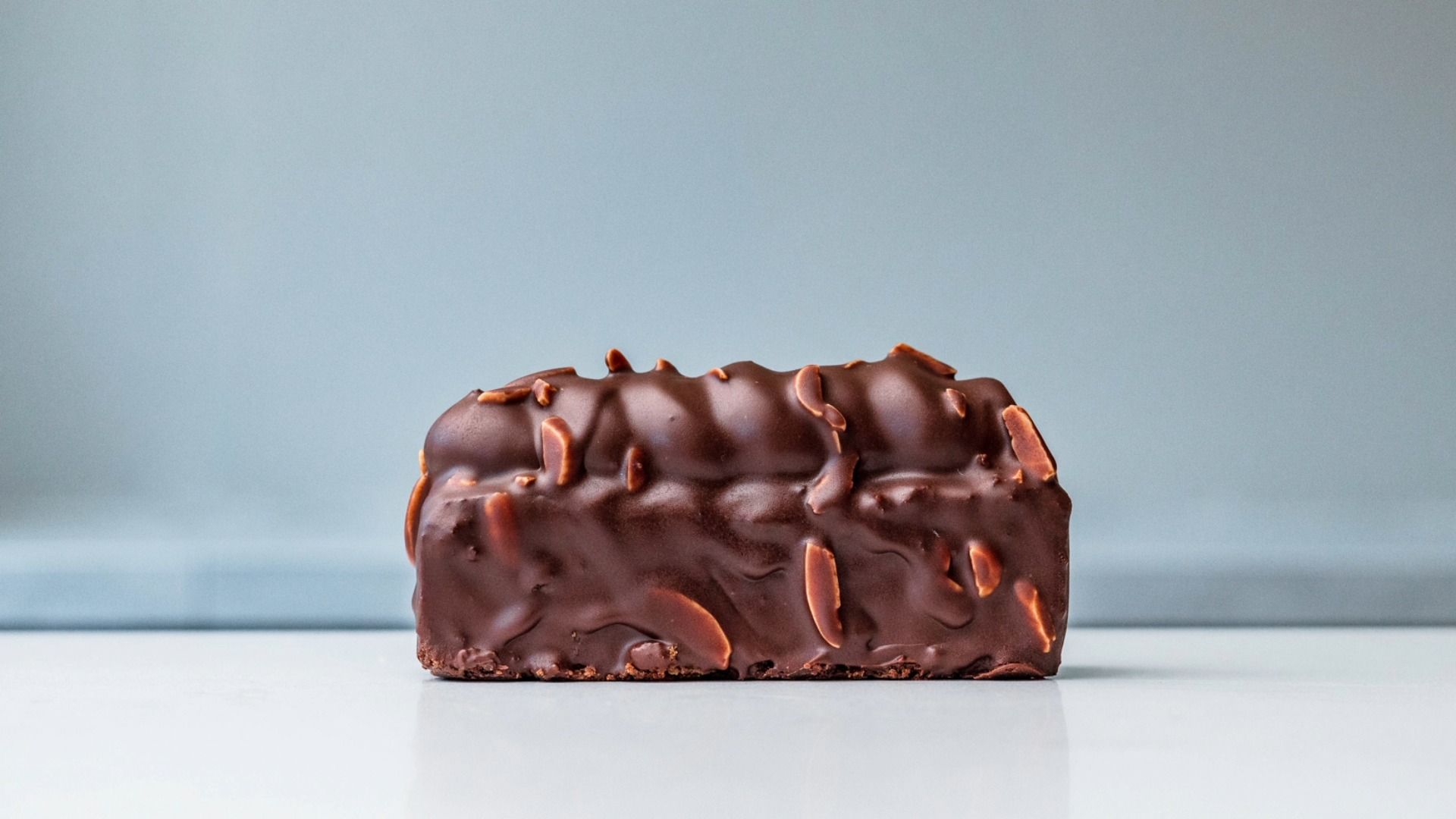Shelf-Stable Frostings for Cottage Bakers (U.S. Guide)

Shelf-Stable Frostings Explained: What Cottage Bakers Need to Know Before Selling Cakes
If you sell cakes, cupcakes, or mini loaves from home in the U.S., your frosting could make or break your business — not just visually, but legally.
Under U.S. Cottage Food Laws, every ingredient you use must be safe for room-temperature storage. That includes your frosting. Yet many popular buttercreams and ganaches shared online don’t actually meet those safety standards.
This guide breaks down what “shelf-stable” really means, which frostings qualify, and how to keep your products both beautiful and compliant.
What “Cottage Food Safe” Actually Means
Cottage Food Laws are designed to protect both bakers and consumers.
They allow you to sell certain homemade foods from your own kitchen — as long as those foods don’t require refrigeration.
That’s where things get tricky with frosting.
Any frosting containing fresh dairy, eggs, or cream is considered a “potentially hazardous food” because bacteria can grow quickly at room temperature.
That means frostings like Swiss meringue buttercream, whipped cream, or cream cheese frosting are not allowed under most state cottage regulations.
👉 Get the Shelf-Stable Frosting Collection for $9.99 →
The Science of Shelf Stability
A frosting’s stability comes down to three key factors:
1️⃣ Water Activity (aᵥ) – how much moisture bacteria can access
2️⃣ pH (acidity) – the lower the pH, the less hospitable to microbes
3️⃣ Fat and Sugar Ratio – sugar binds water and fat limits bacterial growth
Together, these control how long a frosting can safely sit at room temperature.
Frosting Types: What’s Shelf-Stable and What’s Not
Here’s a quick breakdown of which frostings are safe to sell under most U.S. Cottage Food Laws — and why:
✅ American Buttercream
Stable at room temperature.
High sugar and low moisture make it naturally safe for cottage bakers. (specific recipes)
❌ Swiss & Italian Meringue Buttercream
Not shelf-stable.
Contains egg whites, which increase the risk of bacterial growth without refrigeration.
❌ Cream Cheese Frosting
Requires refrigeration.
The dairy content makes it unsafe for room temperature sales.
❌ Ganache Made with Cream
Not shelf-stable.
Fresh cream creates high water activity and a short shelf life.
✅ Ganache Made with Condensed Milk or Water
Shelf-stable when made correctly.
Low water activity and higher sugar concentration increase safety.
✅ Shortening-Based or Hybrid Buttercream
Shelf-stable and heat-tolerant.
A blend of butter and shortening improves structure in warmer conditions.
👉 Get the Shelf-Stable Frosting Collection for $9.99 →
How to Build a Shelf-Stable Frosting
If you want to create frostings that hold their shape and meet food-safety requirements, start here:
-
Replace cream or milk with water or dairy alternatives.
-
Use freeze-dried fruit powders instead of purées for flavour.
-
Add invert sugars (like glucose, honey, or golden syrup) to retain moisture safely.
-
Combine fats (butter + shortening or butter + white chocolate) for structure.
-
Increase icing sugar ratios slightly to reduce water activity.
-
Always test stability by storing at 21°C / 70°F for 24 hours before selling.
Storage, Transport, and Labelling Tips
Even a shelf-stable frosting can spoil if stored incorrectly.
-
Cool completely before boxing to prevent condensation.
-
Use breathable boxes (not airtight containers) for transport.
-
Label clearly with production date and storage guidance.
-
When unsure, get a water-activity test — many state labs or universities offer them for $30–$50.
If you’d like professional formulas that take the guesswork out of it,
my Shelf-Stable Frosting Recipe Collection includes:
✔️ Tested vanilla & chocolate bases
✔️ Natural flavour variations (fruit, tea, coffee, nut, cookie spreads)
✔️ Piping, storage & troubleshooting guides
✔️ Ingredient specifications & supplier directory
👉 Get the Shelf-Stable Frosting Collection for $9.99 →
New to professional piping or frosting finishes?
Grab my Free Mini Loaf Piping Guide — it shows you how to achieve bakery-level designs that stay stable and photo-ready.
👉 Download the Free Piping Guide →
Shelf-stable frostings aren’t just about following the rules — they’re about protecting your customers, your reputation, and your business.
By understanding the science of water activity, fat ratios, and proper storage, you can confidently create products that look professional, taste incredible, and meet U.S. cottage food regulations.
Education + compliance = confidence — and confidence sells.
Join The Pastry Edit
Weekly guidance for bakers who want to move beyond hobby baking and grow into confident, skilled, profitable professionals.
By subscribing, you’ll receive my weekly baking insights, digital product updates, and exclusive offers. You can unsubscribe anytime.




